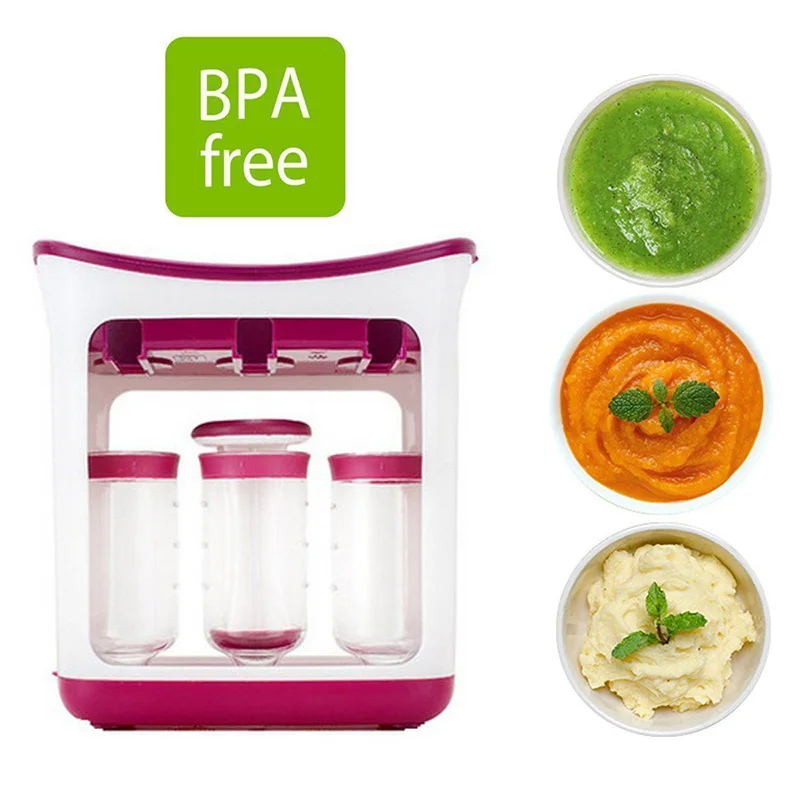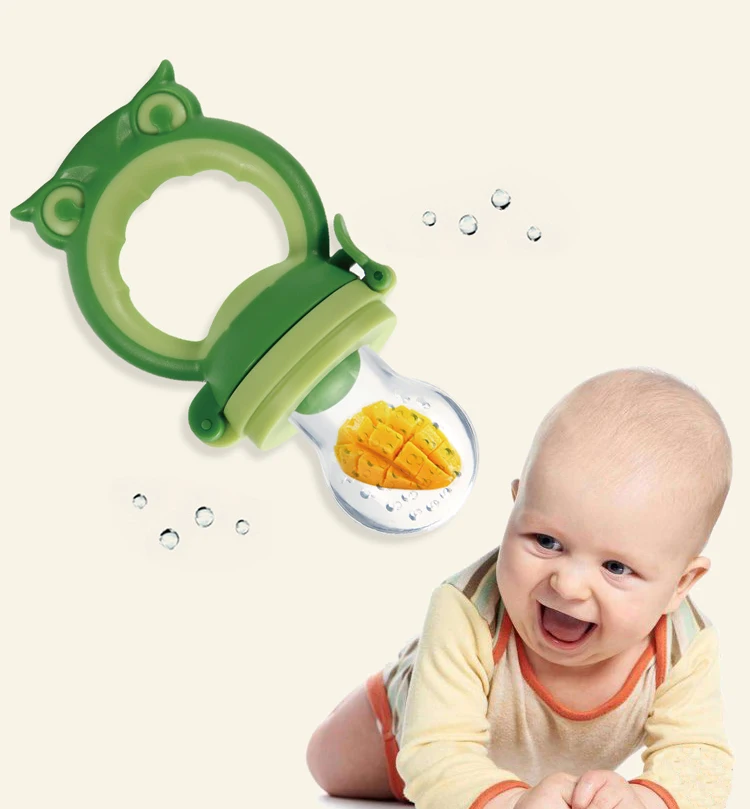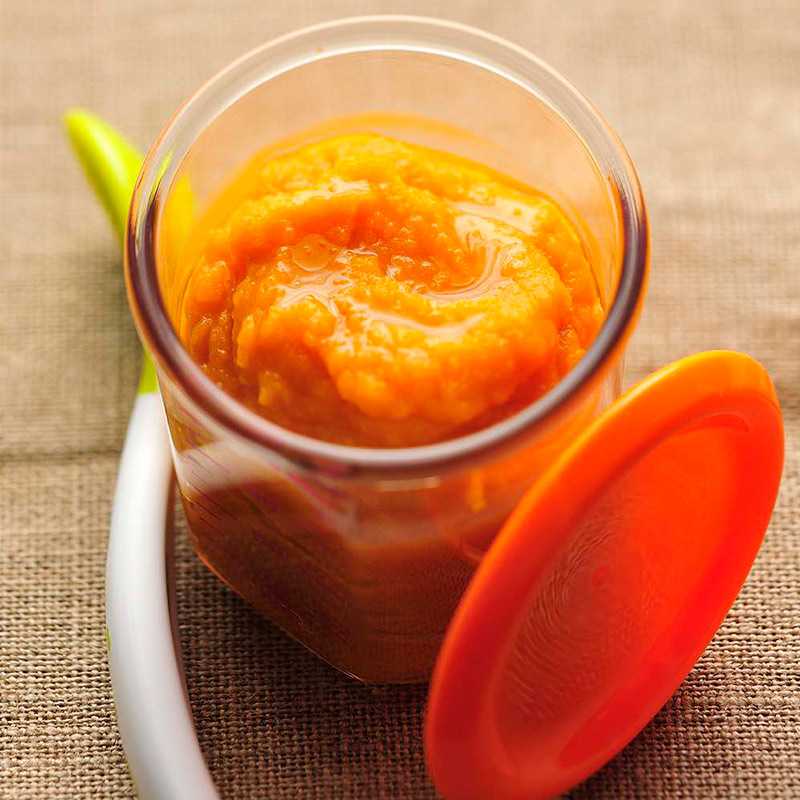Feeding baby books
7 Best Baby Food Books – Healthy & Delicious Cookbooks (2022 Reviews)
Table of Contents
Updated on by Lyric Fergusson
Introducing solids is an exciting milestone for your little one, especially as they experience the delightful tastes and textures of their first foods. While some parents prefer to start with simple purees, others choose the baby-led weaning approach. No matter the technique, there are plenty of books that provide insight, guidance, and healthy recipes to get you started. So, snap on that bib and grab a spoon! Here are the seven best baby food books.
Best Baby Food Cookbooks
-
1. Simple & Safe Baby-Led Weaning by Malina Malkani
(Best for first-time parents — $)
Why it’s great: This book introduces readers to the concept of baby-led weaning, which encourages parents to let their little one lead the way through starting solids.
This book offers a basic overview on how to get started, as well as a discussion on safe practices and healthy food options. Readers will also find a chapter on how to identify and prevent allergies and food sensitives early on.
Keep in mind: This book doesn’t have a lot of recipes, but rather guidance and insight on how to begin baby-led weaning.
Good for: Parents just starting solids with their little one as this is a great beginner’s manual.
View on Amazon.com ➜
-
2. Make-Ahead Baby Food Cookbook: Meal Plans & Recipes for Every Stage by Stephanie Van’t Zelfden
(Most practical — $$)
Why it’s great: This cookbook is practical and useful and takes the guesswork out of baby’s first mealtimes. Packed with useful advice on how to introduce solids, detect food sensitivities, and discourage picky eaters, this book also includes recipes, meal plans, and grocery lists.
 Designed to simplify parents’ lives, this book also provides guidance on batch cooking and freezing and reheating food for your baby.
Designed to simplify parents’ lives, this book also provides guidance on batch cooking and freezing and reheating food for your baby.Keep in mind: This book follows a staged approach to introducing solids, starting with purees.
Good for: Parents who like to plan as this book provides meal plans and recipes for cooking in advance.
View on Amazon.com ➜
-
3. What Mummy Makes: Cook Just Once for You and Your Baby by Rebecca Wilson
(Highest-rated recipes — $$$)
Why it’s great: One of the highest-rated baby cookbooks on Amazon, this book offers over 130 recipes for the whole family. Based on the logic that parents shouldn’t have to cook more than one meal for their family, this book is packed with quick, easy recipes that can be adapted for children as young as six months old.
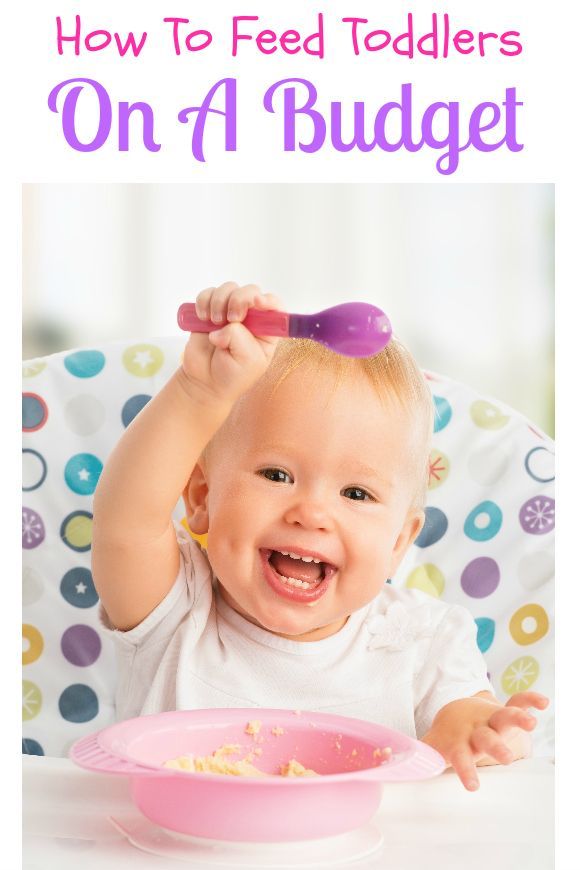 Parents praise this cookbook for featuring recipes that are easy to follow and delicious to eat.
Parents praise this cookbook for featuring recipes that are easy to follow and delicious to eat.Keep in mind: This book follows the baby-led weaning approach to starting solids.
Good for: Parents looking for some kitchen inspiration, not just for baby’s meals but theirs too!
View on Amazon.com ➜
-
4. The Big Book of Organic Baby Food by Stephanie Middleberg
(Most comprehensive — $$)
Why it’s great: Featuring over 200 kid-friendly recipes, this book focuses on organic and whole-food ingredients. Divided into chapters based on children’s ages and stages, this book covers all the developmental phases from infancy to toddlerhood and provides FAQs to guide your meal plans accordingly. Recipes include purees, smoothies, finger foods, and beyond, with over 70 recipes for the whole family to enjoy together.
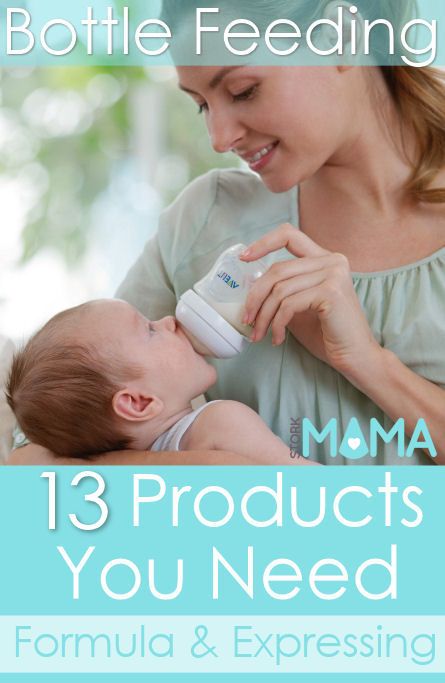
Keep in mind: Some customers report that the puree recipes can feel a little repetitive.
Good for: Parents who want to explore different approaches and recipes when introducing solids as this book covers it all.
View on Amazon.com ➜
-
5. The Pediatrician’s Guide to Feeding Babies and Toddlers by Anthony Porto M.D. and Dina DiMaggio M.D.
(Most informational — $$$)
Why it’s great: Written for first-time parents, this book is an all-inclusive manual that offers clarity, guidance, and peace of mind on feeding your infant solids for the first time. Written by two pediatricians, this book offers practical advice on nutrition, medical conditions, and parental concerns. Accessible and informative, this book also includes personal anecdotes and healthy recipes.
Keep in mind: This book doesn’t include as many recipes as other baby food books available.

Good for: Parents who have lots of questions about starting solids as this book provides up-to-date answers from a team of pediatricians.
View on Amazon.com ➜
On An Important Side Note… Asher and I (pictured) feel it’s necessary to highlight the value of life insurance for parents with young kids. After extensive research, we discovered that parents can get insured for as little as $10 per month. We use Ladder Life who offers coverage up to $3M per parent (without a medical exam, just a few health questions) and you can apply 100% online.
Get a quote in less than 30 seconds at LadderLife.com ➜
-
6. Super Easy Baby Food Cookbook by Anjali Shah
(Easiest recipes — $)
Why it’s great: This book offers over 150 recipes that are simple and nutritious and can be made in thirty minutes or less.
 Recipes include make-ahead purees, five-ingredient toddler recipes, and sample menus designed to fulfill the nutritional requirements for children ages four to eighteen months. Parents praise this cookbook for being well-organized and easy to follow.
Recipes include make-ahead purees, five-ingredient toddler recipes, and sample menus designed to fulfill the nutritional requirements for children ages four to eighteen months. Parents praise this cookbook for being well-organized and easy to follow.Keep in mind: This book doesn’t feature as many pictures of the recipes included.
Good for: Parents who don’t have a lot of time to prepare complicated meals for their little eaters.
View on Amazon.com ➜
-
7. The Complete Baby and Toddler Cookbook by America’s Test Kitchen Kids
(Best for the whole family — $$$)
Why it’s great: A baby and toddler cookbook from the popular series, America’s Test Kitchen Kids, this book offers countless recipes that have been tested and approved by kids, themselves. Recipes include purees, smoothies, finger foods, and family meals to share together.
 This book also includes recipes kids can help prepare as well as school lunch ideas for preschool and beyond. Chock full of pictures and easy-to-follow instructions, this book is praised for appealing to even the pickiest of eaters.
This book also includes recipes kids can help prepare as well as school lunch ideas for preschool and beyond. Chock full of pictures and easy-to-follow instructions, this book is praised for appealing to even the pickiest of eaters.Keep in mind: This book offers less guidance on starting solids but does include recipes for babies.
Good for: Parents who need a cookbook to keep the whole family happy as this book features recipes for all ages.
View on Amazon.com ➜
Best Overall
Simple & Safe Baby-Led Weaning by Malina Malkani
The Simple & Safe Baby-Led Weaning by Malina Malkani is our overall top recommendation. It's the highest quality product we have found with the most affordable price making it the best value on our list..
View on Amazon.com ➜
FAQs about Baby Food Books
-
1. What age should I introduce solids?
For the first few months of life, babies get all the nutrients they need from breastmilk or formula. Most doctors recommend waiting to introduce solids until your little one is between four and six months old. You’ll know your baby is ready if they are able to hold their head up on their own, sit up with little or no support, and bring objects to their mouth on their own. If you’re not sure whether your little one is developmentally ready for solids, check in with your pediatrician.
-
2. What’s the best way to start my baby on solids?
The American Academy of Pediatrics says there’s no specific type of food that’s best to start with. You’ll want to use some baby-friendly utensils, and you’ll also want to count on things getting a little messy. Start with a very small amount of one ingredient, so as not to trigger your little one’s reflex response.
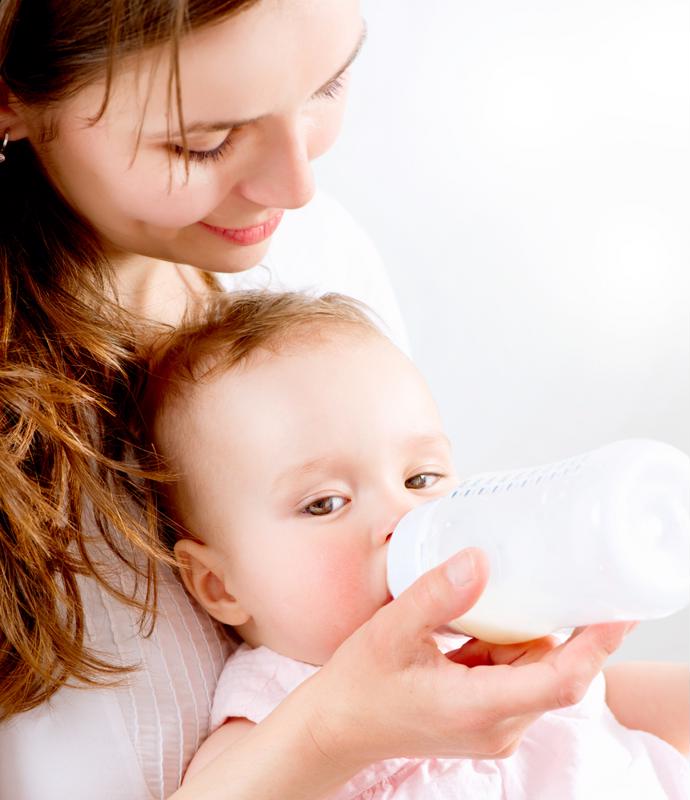 Don’t worry if your baby spits it back out, it may take a few tries before they understand how to swallow what you’re offering. If your little one is extra hesitant, try mixing food with breast milk or formula for an easier transition.
Don’t worry if your baby spits it back out, it may take a few tries before they understand how to swallow what you’re offering. If your little one is extra hesitant, try mixing food with breast milk or formula for an easier transition. -
3. What are the best foods to start with?
It’s best to start your little one with a single ingredient food, so as not to overwhelm their tastebuds. Fruit and vegetables are a great place to begin, followed by yogurt, pasta, beans, and tofu. Don’t forget to introduce peanut butter and eggs early on, too. The American Academy of Pediatrics recommends starting allergenic foods before a child’s first birthday as this reduces the likelihood that they develop an allergy to that particular food.
-
4. What’s baby-led weaning?
Baby-led weaning is an approach that relies on following your infant’s lead on eating solids.
 Instead of feeding purees with a spoon, parents are encouraged to give small strips and slices of food. This allows babies to explore tastes and textures as they learn how to feed themselves. Proponents of the practice say that baby-led weaning promotes the development of motor skills and establishes a healthy relationship with food early in life.
Instead of feeding purees with a spoon, parents are encouraged to give small strips and slices of food. This allows babies to explore tastes and textures as they learn how to feed themselves. Proponents of the practice say that baby-led weaning promotes the development of motor skills and establishes a healthy relationship with food early in life. -
5. What’s the best way to prevent choking?
The potential for choking is definitely the scariest part of introducing solids. To avoid any unnecessary risk, be sure to supervise your little one very closely during mealtimes. Cut food in appropriately sized pieces, and always make sure your baby is sitting down while they eat. In the beginning, stick to foods that are a little softer so your little one can easily mash them down to swallow.
Conclusion
Introducing solids doesn’t have to be scary or overwhelming.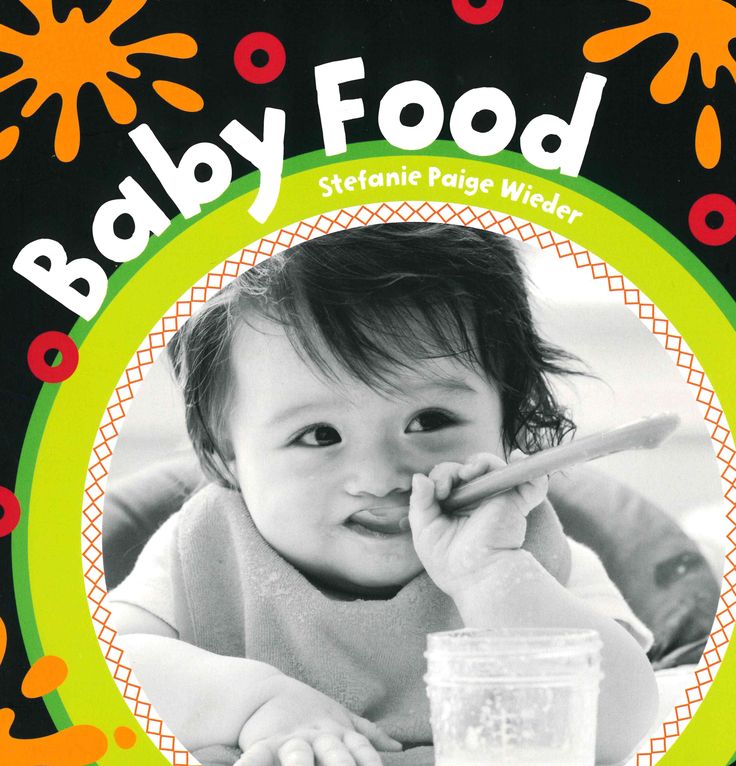 In fact, with the proper tools and guidance, it can be a fun (if messy) adventure for both you and baby. There are a variety of books on the market that feature delicious recipes that are easy-to-follow and quick to make. Some baby food books even include recipes for older kids and adults to make mealtime simpler and more inclusive. Most baby food books offer practical advice and helpful tips on introducing solids, and parents are sure to find a variety of titles that preach the baby-led weaning approach. While there’s no right food or process to start your baby on solids, you’ll definitely want to keep an eye out for potential allergies and choking hazards. Thanks to the wide selection of baby food books available, raising a little foodie has never been easier, and as their appetite grows, your recipe repertoire will too!
In fact, with the proper tools and guidance, it can be a fun (if messy) adventure for both you and baby. There are a variety of books on the market that feature delicious recipes that are easy-to-follow and quick to make. Some baby food books even include recipes for older kids and adults to make mealtime simpler and more inclusive. Most baby food books offer practical advice and helpful tips on introducing solids, and parents are sure to find a variety of titles that preach the baby-led weaning approach. While there’s no right food or process to start your baby on solids, you’ll definitely want to keep an eye out for potential allergies and choking hazards. Thanks to the wide selection of baby food books available, raising a little foodie has never been easier, and as their appetite grows, your recipe repertoire will too!
Top 10 Baby Food Cookbooks
1
Starting Solids
This book is a must-have for parents weaning baby and starting on solids for the first time.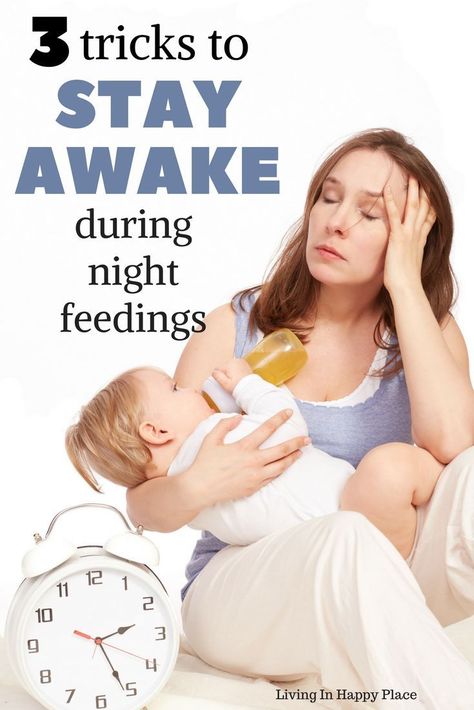 It’s loaded with simple, practical recipes and advice. It also does the meal-planning for you! You’ll learn how to put together ingredients, how to explore new tastes and textures and how to deal with feeding problems. From $20, Amazon
It’s loaded with simple, practical recipes and advice. It also does the meal-planning for you! You’ll learn how to put together ingredients, how to explore new tastes and textures and how to deal with feeding problems. From $20, Amazon
2
The Baby-Led Weaning Cookbook
With more than 130 recipes, this guide can help you feed baby from your own plate, so don’t have to serve separate meals for everyone in the family. $16, Kobo
3
First Meals & More: Your Questions Answered
This book definitely has the baby food newbie in mind. (We’re talking about you, not baby.) It’s got 50 fuss-free quick and easy recipes, plus tons of tips and helpful hints on what kids should eat and why they should eat it. Moms love it for the advice. Babies love it for the menu! From $25, Valore Books
4
Cooking for Baby
Here’s a cookbook that will carry you through each stage of solids. Cooking for Baby offers something wholesome, natural and fresh for every eater at each age. From grains and purées to finger foods, you’ll have it all. $20, Williams-Sonoma
From grains and purées to finger foods, you’ll have it all. $20, Williams-Sonoma
5
The Petit Appetit Cookbook
Psyched about using healthy and all-organic ingredients in baby’s meals? Try this book, written by a mom for other parents who want to shy away from processed, preservative-filled foods. $17, Barnes & Noble
6
Sage Spoonfuls
We’re loving Sage Spoonful’s mix of cooking-from-scratch and using store-bought ingredients. Perfectly realistic for busy parents! This book gives details on everything from food allergies and nutrition to foods to avoid. Plus, there are hundreds of recipes that baby will love to eat — and that you won’t get stressed making. $25, Sage Spoonfuls
7
Parents Need to Eat, Too
Author Debbie Koenig’s book is a hilarious reminder that mom and dad need to eat. It’s filled with nutritious, delicious and satisfying meals for adults (that you can make with one hand!) with instructions on how to prep baby’s food from the same ingredients. The best part? Every recipe was tested and approved by more than 100 new parents! $12, Barnes & Noble
The best part? Every recipe was tested and approved by more than 100 new parents! $12, Barnes & Noble
8
Super Baby Food
Take baby from his first bites of solid food all the way through age three with this super healthy vegetarian cookbook. It’s got advice to help you get the most out of the best wholesome foods for baby (whole grains, legumes, nuts, seeds, veggies, fruits and yogurt!). $5, Biblio
9
Top 100 Baby Purées
Nervous about making the transition to solids? This book will give you the confidence you need. Divided into sections that give you comprehensive advice on what baby should be eating at every age, Top 100 Baby Purees has informative facts on how to prep and store baby meals. $12, Target
10
The Healthy Baby Meal Planner
Start your menu planning here! Make your own baby food affordably and easily, and get healthy eating advice from infancy to age three. $4, Amazon.com
Please note: The Bump and the materials and information it contains are not intended to, and do not constitute, medical or other health advice or diagnosis and should not be used as such. You should always consult with a qualified physician or health professional about your specific circumstances.
You should always consult with a qualified physician or health professional about your specific circumstances.
Plus, more from The Bump:
Baby-Food Making 101 (It’s Easy, We Swear!)
New Parent Feeding Guide
Which Solids Are Safe for Baby?
save article
Next on Your Reading List
How to feed a child? Top Books on Baby Nutrition
Which of today's parents is not concerned about the nutrition of their child? It seems to someone that the baby eats too little, and it seems to someone that he eats enough - but not quite what he needs (or not at all). We receive a lot of information about healthy nutrition, including children's nutrition - but how to understand it and which experts can you definitely trust? We have compiled a list of the most reliable and proven books on healthy eating for children.
1. PRO nutrition for children. Without tears and persuasion, Alexandra Sitnova
One of the most popular books on baby food in the Russian-speaking world. Written by a nutritionist who has been blogging on Instagram (@pro_appetit) for a long time — Alexandra Sitnova. Written as simply and accessible as possible, perfect for "beginning moms." After all, how many disturbing questions are connected precisely with the nutrition of babies: is he getting enough milk? Is he gaining weight well? Maybe you need to add the mixture? Or is food better? So which product to start with? And when to start feeding from the common table? Alexandra's book was published in the "Doctor Blogger" series, which means that the knowledge and experience of pediatricians, allergists, and scientists were used in its writing.
Written by a nutritionist who has been blogging on Instagram (@pro_appetit) for a long time — Alexandra Sitnova. Written as simply and accessible as possible, perfect for "beginning moms." After all, how many disturbing questions are connected precisely with the nutrition of babies: is he getting enough milk? Is he gaining weight well? Maybe you need to add the mixture? Or is food better? So which product to start with? And when to start feeding from the common table? Alexandra's book was published in the "Doctor Blogger" series, which means that the knowledge and experience of pediatricians, allergists, and scientists were used in its writing.
2. “Baby Nutrition in the Big City”, Regina Doktor
But Regina Doktor is a professional therapist herself, specializing today in nutrition. She wrote 2 wonderful bestsellers: “Healthy Eating in the Big City” and “I DON'T LIKE SWEET”, in which she laid out the basic principles of healthy eating in a very systematic and at the same time fascinating way.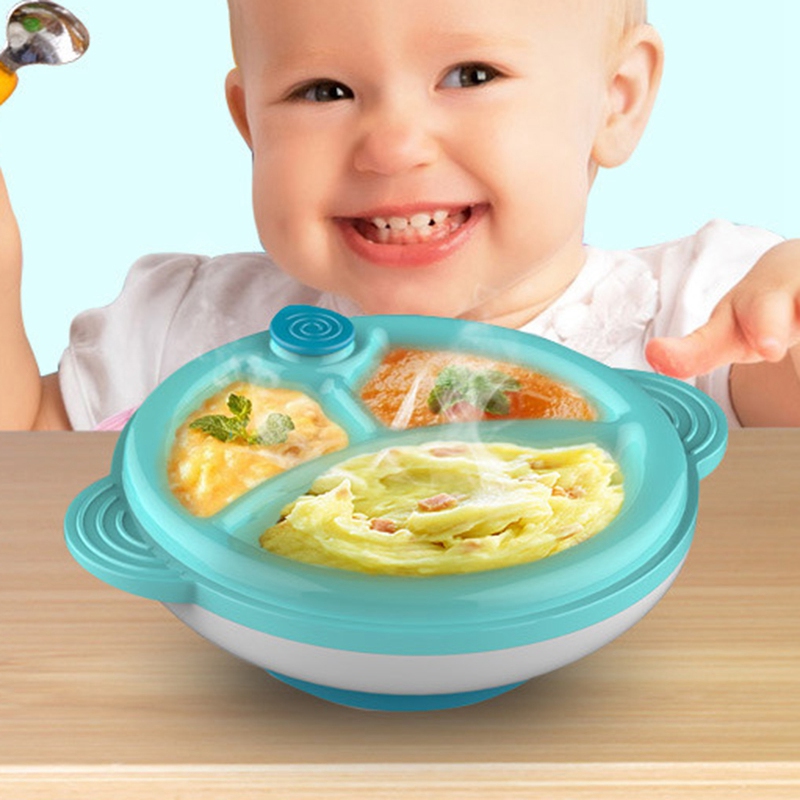 The book about baby food is no less informative and useful. It helps to calmly go through all the exciting stages of complementary feeding, to move from stress and not understanding what to do, to the magical realization that you are finally doing everything right. Regina Doctor talks about the ideal preparation for pregnancy, and about the nutrition of the expectant mother (moreover, depending on the trimester), and even about childbirth ... Well, then everything that worries us even more: breastfeeding and artificial feeding, complementary foods, food allergies, intestinal problems, atopic dermatitis. The book also contains exemplary diets for children over one year old - a very useful guide for all conscious parents. We also love Regina's book for lots of cool recipes like zucchini muffins, superhero borscht, and smart and smart roast.
The book about baby food is no less informative and useful. It helps to calmly go through all the exciting stages of complementary feeding, to move from stress and not understanding what to do, to the magical realization that you are finally doing everything right. Regina Doctor talks about the ideal preparation for pregnancy, and about the nutrition of the expectant mother (moreover, depending on the trimester), and even about childbirth ... Well, then everything that worries us even more: breastfeeding and artificial feeding, complementary foods, food allergies, intestinal problems, atopic dermatitis. The book also contains exemplary diets for children over one year old - a very useful guide for all conscious parents. We also love Regina's book for lots of cool recipes like zucchini muffins, superhero borscht, and smart and smart roast.
3. “First soup, then dessert”, Maria Kardakova
A very sincere and inspiring book, mainly devoted to the nutrition of children from one to 7 years old. Its main message is that it is important not only to form a complete children's diet; it is even more important to instill healthy habits in the child, thanks to which he will consciously eat even when he becomes an adult and moves out from caring parents. To establish a healthy relationship with food, the first complementary foods are very important - Maria will tell you how not to make mistakes at this stage - as well as the psychology of nutrition in the family as a whole. Therefore, in the book you will find a lot of clear recommendations: both on the ratio of products and portion sizes, and on how to color the process of eating with a solid positive. For parents who are just getting into the topic of healthy eating and changing habits to more environmentally friendly ones, this is just a treasure trove of basic knowledge. For further immersion in the topic, you can also look at the author's Instagram profile - @marysstories.
Its main message is that it is important not only to form a complete children's diet; it is even more important to instill healthy habits in the child, thanks to which he will consciously eat even when he becomes an adult and moves out from caring parents. To establish a healthy relationship with food, the first complementary foods are very important - Maria will tell you how not to make mistakes at this stage - as well as the psychology of nutrition in the family as a whole. Therefore, in the book you will find a lot of clear recommendations: both on the ratio of products and portion sizes, and on how to color the process of eating with a solid positive. For parents who are just getting into the topic of healthy eating and changing habits to more environmentally friendly ones, this is just a treasure trove of basic knowledge. For further immersion in the topic, you can also look at the author's Instagram profile - @marysstories.
4. “My child doesn't want to eat.
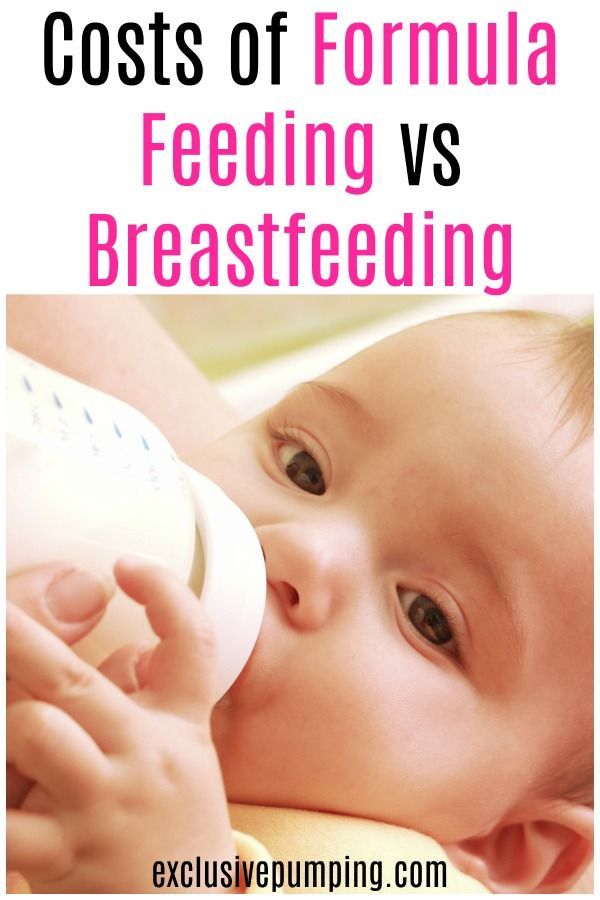 How to turn feeding into pleasure”, Carlos Gonzalez
How to turn feeding into pleasure”, Carlos Gonzalez You frantically calculate grams of squash puree, get nervous, upset if the baby ate “less than normal” ... you start to persuade, entertain, and then insist ... Familiar? Then read this book and relax. The process of eating should not turn into a battle. Never force a child to eat - never for any reason. Let it be for you a manifestation of love and respect! Dr. González, a father of three and a famous pediatrician from Barcelona, knows what he's talking about.
5. “Tasty for kids. Learning to cook for the fussy”, Maria Ivanova
From theory to practice. Catch 55 great recipes that even the pickiest kid will love. Maria suggests using healthy ingredients and paying attention to design and presentation - children love it. In the book you will find soups, salads, and cottage cheese dishes (a valuable protein, you remember) ... well, some sweet pastries, sometimes you can! And another nice bonus of the edition is its wonderful design.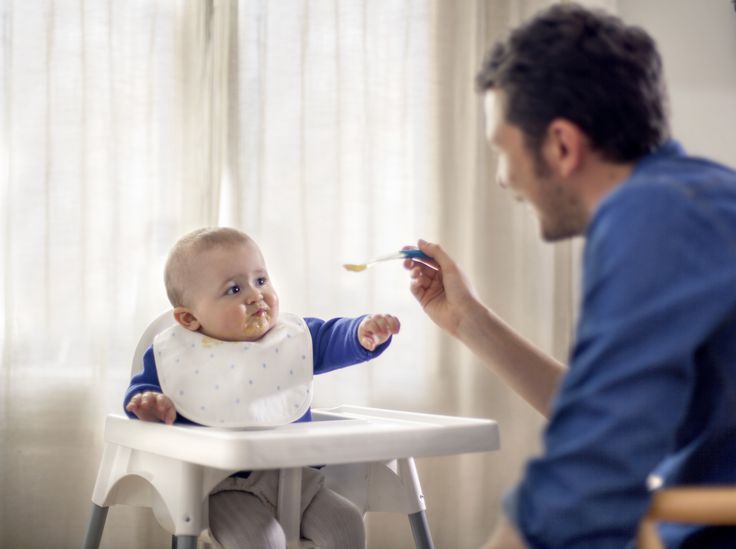 You will see, your kid will be happy to leaf through the book and choose a recipe for dinner.
You will see, your kid will be happy to leaf through the book and choose a recipe for dinner.
6. “Dr. annamama, I have a question. How to feed a child?”, Anna Levadnaya
Another basic book about healthy baby food from a pediatrician, neonatologist and - no less! – Candidate of Medical Sciences Anna Levadnaya (@doctor_annamama). All burning topics are revealed: breast and artificial feeding, weaning, introduction of complementary foods, allergen foods, toddlers, intestinal infections ... The book is perfect for those who are expecting a child or have just become a parent - in order to systematize information from numerous sources and not get confused. Curious questions are also covered, such as the effect of heating in the microwave on food or the need to take vitamins. Little "water", a lot of practical important information - for this we love books written by professional doctors.
7. "Love and Broccoli: In Search of Children's Appetite", Svetlana Kolchik
And in conclusion - a little entertaining, a little instructive book from a journalist and part-time mother of Svetlana Kolchik. Faced with painfully familiar questions like “What should I feed my baby?” and “How to make him friends with food?”, she decided to study how things are with baby food in other countries. She talked to pediatricians, nutritionists and just parents from France, Italy, Germany and the UK and compared their approaches with those of Russian specialists. It turned out fascinating and witty, with a bunch of real stories and opinions.
Faced with painfully familiar questions like “What should I feed my baby?” and “How to make him friends with food?”, she decided to study how things are with baby food in other countries. She talked to pediatricians, nutritionists and just parents from France, Italy, Germany and the UK and compared their approaches with those of Russian specialists. It turned out fascinating and witty, with a bunch of real stories and opinions.
Did you find the article helpful? Add to bookmarks so as not to lose!
Post Views: 279
Read online “Cooking for kids. Baby nutrition from birth to school”, I. S. Pigulevskaya – LitRes
All rights reserved. No part of the electronic version of this book may be reproduced in any form or by any means, including posting on the Internet and corporate networks, for private and public use, without the written permission of the copyright owner.
© Art design, CJSC Publishing House Centrpoligraph, 2014
© CJSC Publishing House Centrpoligraph, 2014
Introduction
Nutrition for children is a topic that will always be relevant. It is necessary to start taking care of the proper nutrition of the child from his birth, and even earlier - from the woman's pregnancy. After all, if the lack of some nutritional elements in adults can be compensated and the normal functioning of the adult body restored, then the lack of the same elements in a child will lead to the incorrect formation of his organs and systems and will affect his entire future life. That is why the nutrition of infants is signed almost by months, the nutrition of preschool children by years, and the nutrition of schoolchildren should not be left to chance.
It is necessary to start taking care of the proper nutrition of the child from his birth, and even earlier - from the woman's pregnancy. After all, if the lack of some nutritional elements in adults can be compensated and the normal functioning of the adult body restored, then the lack of the same elements in a child will lead to the incorrect formation of his organs and systems and will affect his entire future life. That is why the nutrition of infants is signed almost by months, the nutrition of preschool children by years, and the nutrition of schoolchildren should not be left to chance.
Also, unfortunately, there are quite a lot of children now who are allergic to certain foods, and with our food industry, when cornmeal is added to sausages and soy is added to ice cream, an allergy to one food can mean a limitation in many . The second part of the book is devoted to these problems: the nutrition of children with allergic reactions to various foods.
Fundamentals of nutrition for children up to a year
So, the child was born. And it often happens that mothers do not know whether to consider their newborn child to be within the normal range or not. Of course, the pediatrician-neonatologist in the maternity hospital will tell the details, but you can understand something yourself. It is customary to distinguish between the following periods of early childhood: intrauterine development - 10 lunar months (40 weeks), newborns - 4 weeks, chest - up to 1 year, nursery or pre-preschool - from 1 year to 3 years.
And it often happens that mothers do not know whether to consider their newborn child to be within the normal range or not. Of course, the pediatrician-neonatologist in the maternity hospital will tell the details, but you can understand something yourself. It is customary to distinguish between the following periods of early childhood: intrauterine development - 10 lunar months (40 weeks), newborns - 4 weeks, chest - up to 1 year, nursery or pre-preschool - from 1 year to 3 years.
The average weight of healthy full-term newborn boys is usually 3500 g, girls - 3350 g, body length 50-51 cm. Head circumference (35 cm) is greater than chest circumference (33 cm). In a year, a child grows by 25 cm and triples its weight, reaching 10 kg.
A preterm infants are those born between 28 and 38 weeks of fetal development weighing 2500 g or less and 35–45 cm long.
A newborn baby mainly eats and sleeps. And since the topic of our book is nutrition, we will talk about the feeding regimen.
It should be useful for the child and convenient for the parents. There are concepts of free feeding, when the child himself shows that he wants to eat (any number of times a day), and a flexible feeding regimen: reducing the number of feedings to a reasonable number, at more or less certain hours, and stopping night feedings as soon as this is child is ready.
Feeding intervals increase as the baby's weight increases. A baby weighing 2.5 to 3 kg usually needs to be fed every 3 hours, rarely 2 hours. At a weight of 4-4.5 kg, children normally perceive a 4-hour break.
Most babies go without night feeds 1-2 months after birth. Between 4 and 8 months, babies begin to prefer the 5-hour break and then stop waking up for evening feeds.
It is not uncommon for babies to switch to a 4-hour feeding interval by the age of one month and start skipping nighttime feedings. If the child is inert, lethargic, falls asleep during feeding or, on the contrary, is restless, often wakes up crying, or if the mother has little milk, then it is better not to rush to establish a strict regimen.
Every mother has moments when she thinks her baby is not getting enough milk. Often such fears are unfounded. Control weighing before and after feeding does not always give an accurate answer to this question.
A much more accurate method is the wet diaper test. The first test is carried out no earlier than 10-14 days after birth, as breastfeeding is only getting better. The baby soils diapers on average 18-25 times a day, while the urine should be clear or light yellow in sufficient quantity. Make a table in three columns: "many", "few" and "with color". Every time the baby urinates, carefully examine the mark on the diaper. If it is small (up to 20 cm), check the box "little". If a yellow spot remains after drying, check the box “with color”, the puddle is large - in the box “a lot”. In a day, count how many marks in the table with “many” plus the number of marks with “little” divided by 2 (that is, two small scriptures are considered as one large one). It is desirable that there is no “with color” at all. The sum of the calculation should be approximately equal to 18. In this case, the baby has enough milk.
The sum of the calculation should be approximately equal to 18. In this case, the baby has enough milk.
I think everyone already knows and there is no need to dwell on the fact that the best food for a baby is mother's milk. Therefore, I will not even paint his virtues, but I will tell you what to do if my mother is sick. In this case, the question almost always arises: is it possible for a sick mother to breastfeed her baby? What if he gets infected? So, the answer will be this: it is not worth weaning either an already sick child, or one who is still healthy. It is mother's milk that provides the child with the opportunity to effectively immunize and avoid the disease. But weaning a healthy baby at the time of the mother's illness exposes him to the risk of getting sick, depriving him of effective immune protection. Such a child gets sick more often, and recovers more slowly than a child who is not weaned.
Weaning an already ill baby has been shown in studies of babies infected with staph, streptococcus, mumps, influenza, etc. to deprive him of many of the antimicrobial factors in breast milk, and feeding substitutes will cause the growth of intestinal pathogens. In addition, both the mother and the child will be treated, and this is easier to organize when the child receives the medicine directly through mother's milk.
to deprive him of many of the antimicrobial factors in breast milk, and feeding substitutes will cause the growth of intestinal pathogens. In addition, both the mother and the child will be treated, and this is easier to organize when the child receives the medicine directly through mother's milk.
In some cases, early infection of a child with microorganisms carried by the mother plays an important role in the formation of its immune defense. So there is no reason to wean a child from the breast when an infection is found in the mother, regardless of what pathogen caused it. Moreover, weaning the child in this situation exposes him to the risk of contracting the same disease that his mother suffers from.
True, if the mother's condition has become very serious, then breastfeeding will still have to be stopped, but then the doctor will definitely tell you about it. It is unlikely that a woman in a very serious condition will sit at home without medical assistance.
In addition, when prescribing treatment for any cold or infectious disease, even for some outpatient operations, you need to warn the doctor that you are a breastfeeding mother and want to continue breastfeeding your baby. Ask how compatible the drugs needed for your treatment are with your milk production (some drugs inhibit lactation) and how long they are excreted from the body. For some time, you can feed the baby with a mixture. With mini-operations (even after anesthesia), you can feed after 6-12 hours; when opening abscesses and abscesses, after tooth extraction - after 6 hours, it is better to express the first portion of milk; with longer operations, feeding is resumed after 12 hours, decant should be 3 times. Also discuss postoperative antibiotic therapy with your doctor.
Ask how compatible the drugs needed for your treatment are with your milk production (some drugs inhibit lactation) and how long they are excreted from the body. For some time, you can feed the baby with a mixture. With mini-operations (even after anesthesia), you can feed after 6-12 hours; when opening abscesses and abscesses, after tooth extraction - after 6 hours, it is better to express the first portion of milk; with longer operations, feeding is resumed after 12 hours, decant should be 3 times. Also discuss postoperative antibiotic therapy with your doctor.
If the mother requires hospitalization, feeding should be temporarily interrupted while lactation should be maintained. It is necessary to express 3-4 times a day. When you feel better, you need to express more often - 6 times a day. After completion of treatment, the child will definitely take the breast and the volume of lactation will be restored within a few days.
With infectious diseases there is such a feature that few people think about. Much earlier than the signs of the disease begin to appear, the child already receives the causative agent of the disease with milk, specific antibodies to this pathogen and full-fledged immune protection against possible concomitant complications. When the disease manifests itself, the child is already sick or actively immunized. By eliminating breastfeeding, you deprive him of his only medicine. You do not need to boil your milk, this will not protect the baby from the pathogen in the milk.
Much earlier than the signs of the disease begin to appear, the child already receives the causative agent of the disease with milk, specific antibodies to this pathogen and full-fledged immune protection against possible concomitant complications. When the disease manifests itself, the child is already sick or actively immunized. By eliminating breastfeeding, you deprive him of his only medicine. You do not need to boil your milk, this will not protect the baby from the pathogen in the milk.
So there is no reason to wean a baby if the mother has an infection. High temperature, if you do not tolerate it well, can be brought down with paracetamol preparations or folk remedies (wiping with vinegar, cold wraps, rubbing the folds of the arms and legs with ice cubes). At the same time, remember that high temperature is one of the ways to protect the body. Interferon-based drugs can be used to treat viral infections (colds, flu, etc.). For the treatment of bacterial infections (such as otitis media, tonsillitis, pyelonephritis, mastitis, etc. ), it is necessary to prescribe antibiotics. Accordingly, these drugs should be prescribed by a doctor.
), it is necessary to prescribe antibiotics. Accordingly, these drugs should be prescribed by a doctor.
Unfortunately, it is quite common now that a mother's milk production is poor from the very beginning or ends quickly. Either health fails, or stress piles up. Then the way out is infant formula. Usually on the banks it is written how they should be given, and the pediatrician can tell the details. But still here are a few rules for artificial feeding.
1. Keep the mixture clean. Take the mixture with a clean measuring spoon, dilute with boiled water. Prepare formula for one feeding. The mixture may deteriorate during storage. Prepare the amount of formula prescribed by the pediatrician, maybe 10-20 ml more at first. When the baby's diet is adjusted, it will be easier for you to select the amount of formula for feeding.
2. Since milk stays in the stomach longer during artificial feeding, it is carried out according to the regimen. But if 15-20 minutes before the scheduled feeding, the child is worried, you can feed him early.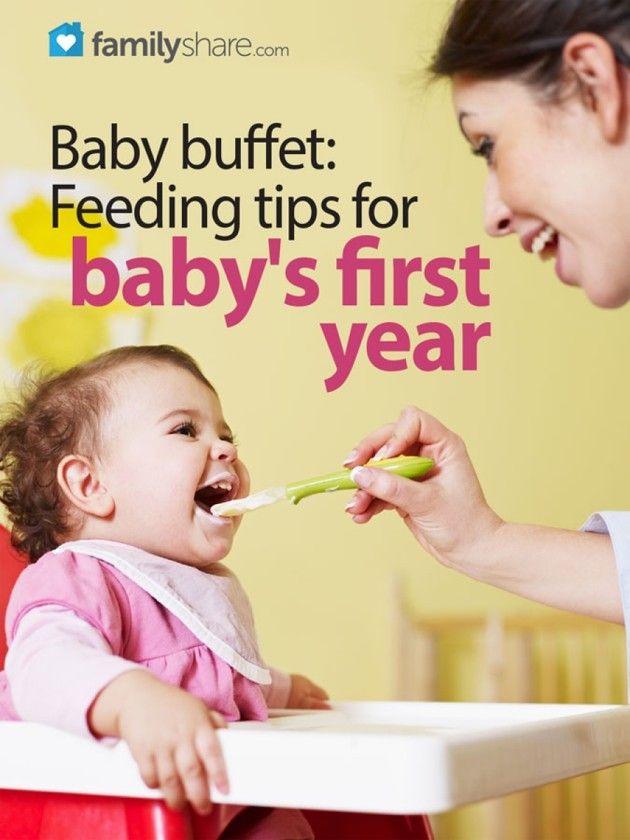
3. Mixtures are heated to +37-40°C before feeding. If you don't have a temperature-controlled warmer, put a drop of the mixture on your inner forearm. You should not burn and you should not feel the chill.
4. The hole in the nipple should not be too large. Milk should flow out in drops, not a trickle.
5. Hold the bottle so that the neck is filled with milk. Otherwise, the child will also swallow air, which will increase the risk of spitting up.
6. It is unacceptable to leave the baby alone while feeding, as he may vomit and choke on milk.
7. Do not feed a sleeping baby.
Baby's nutrition in the first months
In the first days of life, the baby sucks 10-20 ml of milk per feeding, on the third day he already consumes 40-50 ml per feeding, by the 7th day 70-80 ml, by the end the first month of life 100-110 ml. However, even the same baby can suck out different amounts of milk in different feedings. If the child develops normally, gains weight well, sleeps calmly and is awake, then the mother has enough milk.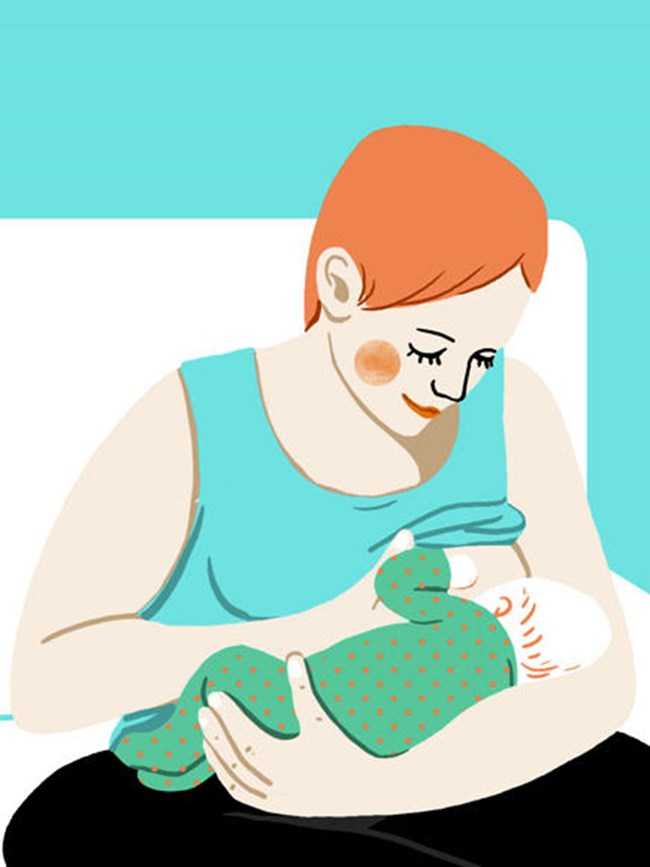 However, if the child is worried after each feeding, does not withstand the intervals between feedings, it can be assumed that there is not enough milk.
However, if the child is worried after each feeding, does not withstand the intervals between feedings, it can be assumed that there is not enough milk.
In this case, the doctor performs a “control feeding” in the polyclinic (the baby is weighed before being attached to the mother's breast and after the end of feeding) and calculates the daily amount of food received by the child. A child aged 8–10 days to 2 months should receive milk per day equal to 1/5 of his body weight. If during repeated control feedings it is established that there is not enough milk, the baby is prescribed supplementary feeding: donor milk or adapted milk formulas. The smaller the child, the more desirable donor human milk. At the age of 2-3 months, it can be abandoned and switched to supplementary feeding with adapted mixtures.
At the beginning of a feed, breast milk is thinner and is known as foremilk. That is why experts say that the baby receives the necessary amount of liquid from milk. At the end of feeding, the milk becomes thicker and fatter, providing the baby with all the necessary nutrients.
If the child is fed strictly according to the schedule, then in addition to breast milk, he may still need water from the first days of birth, this is especially true in the hot season or when the air temperature in the room is high. Boiled water is given between feedings for 1-2 teaspoons (only up to 50 ml per day, and in the heat - up to 100 ml).
From the age of 5 months (this figure is very arbitrary, as there are a variety of opinions), the child begins to receive juices. Apple juice without pulp from a green apple is administered first, starting with a few drops, gradually its amount can be increased to 40-50 ml in 2-3 doses. Giving juice before meals is not recommended, as this can lead to a decrease in appetite. If everything goes well, then after a while you can give juice with pulp. When the child gets used to apple juice, you can gradually begin to give: cherry, blackcurrant; later - plum, cranberry, apricot, pomegranate, carrot, cabbage, beet, etc.
The volume of juices and fruit puree per day is measured in milliliters and is determined by multiplying the child's age in months by 10: at 4 months x 10 = 40 ml, at 5 months x 10 = 50 ml, etc.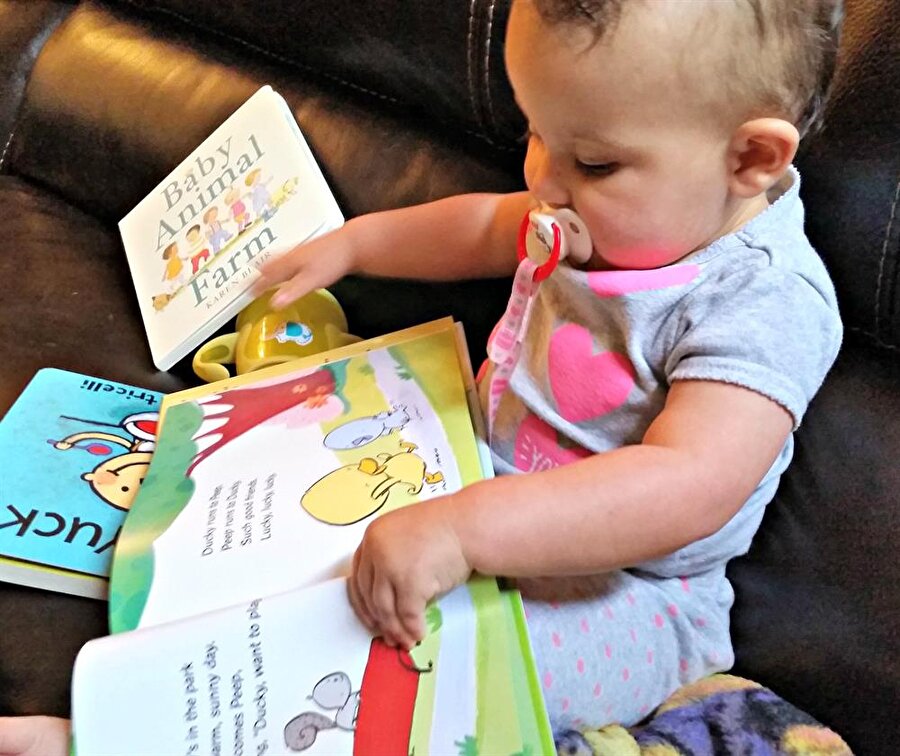 In summer and autumn, when there are many fresh fruits, you can give fresh fruits if you are sure of their origin and environmental safety. The fruit is rubbed on a fine grater, the pulp is transferred to gauze and the juice is squeezed out. In modern conditions, you can use a variety of juicers. In winter and spring, you can give your baby baby juices of industrial production.
In summer and autumn, when there are many fresh fruits, you can give fresh fruits if you are sure of their origin and environmental safety. The fruit is rubbed on a fine grater, the pulp is transferred to gauze and the juice is squeezed out. In modern conditions, you can use a variety of juicers. In winter and spring, you can give your baby baby juices of industrial production.
For children with iron deficiency anemia, apricot, apple-plum, apple, apple-blackberry, apple-rosehip, pumpkin juices are recommended, since they contain a large amount of iron, and vitamin C, which is part of them, improves the absorption of iron. With a tendency to constipation, pumpkin, plum, apple-plum, apricot juices are recommended. They contain a large amount of fiber, which enhances intestinal motility and promotes its emptying. Apricot, apple-plum, pumpkin juice, banana puree are especially rich in potassium, which is necessary for the work of the heart. Apple-rosehip and apricot juices are useful for children who often suffer from acute respiratory viral infections as a source of vitamins C and A, which increase immunity. Juices with a high content of B and A vitamins are recommended for babies with diseases of the nervous system and visual impairments. Juice from apple, blackberry and blueberry is especially useful for them.
Juices with a high content of B and A vitamins are recommended for babies with diseases of the nervous system and visual impairments. Juice from apple, blackberry and blueberry is especially useful for them.
Juices from raspberries, strawberries, citrus fruits, tomatoes are best given after a year, with some caution, as they often cause allergic reactions. Unfortunately, dysbacteriosis often manifests itself in children, and from a very early age. Often the child becomes infected from the mother, passing through the birth canal. The child's intestines are sterile, and if the mother is unhealthy in this regard, then the child receives pathogenic microflora and suffers from this.
Dysbacteriosis can be suspected if the baby is bothered by relatively infrequent abdominal pain (1-2 times a week, rarely more), there is a tendency to diarrhea or constipation, reduced or unstable appetite. On examination, the tongue is covered with a white, white-yellow or white-brown coating, the so-called “geographic tongue” is especially characteristic, when the coating has an uneven, spotty character. Frequent symptoms are recurring respiratory illnesses, manifestations of food allergies, increased fatigue, emotional instability.
Frequent symptoms are recurring respiratory illnesses, manifestations of food allergies, increased fatigue, emotional instability.
Healthy nutrition is important for getting rid of this disease. For a baby, there is no more healing remedy than mother's milk. If the mother does not have breast milk, it is advisable to use donor milk.
In situations where there is neither mother's milk nor donor milk, adapted milk mixtures are used.
Artificial feeding always threatens with the development of dysbacteriosis, therefore, mixtures that have undergone partial fermentation (sour-milk) and contain normal microorganisms and / or substances that activate the growth of the child's own microflora should be used.
Feeding a child in the second half of life
Complementary foods can be introduced at 4–4.5–5 months. Start with vegetable purees, consisting of one vegetable (Brussels sprouts, zucchini), gradually leading to the fact that one feeding will be completely replaced by it. On the first day, give half a teaspoon and bring to the full volume of feeding within a week. Puree is given before milk, not after. In the second week, the child gets used to this puree, that is, he cannot be introduced to a new vegetable.
On the first day, give half a teaspoon and bring to the full volume of feeding within a week. Puree is given before milk, not after. In the second week, the child gets used to this puree, that is, he cannot be introduced to a new vegetable.
An underweight child is given porridge as the first food, while an overweight or constipated child is given vegetables.
Since each new food may or may not cause problems for the child, it is best to keep a food diary during this time. It records the product introduced for the first time, its volume and the child's response to the reception. An allergic reaction to the product may manifest as redness and a rash on the face, limbs and body, the appearance of yellowish crusts (gneiss) on the head in the area of the large fontanel, as well as the appearance of a rash, bloating (flatulence), loose stools (diarrhea) or constipation , anxiety, the appearance of blood streaks in the stool, etc. If any of the complications appear, it is necessary to temporarily stop this complementary food, report the incident to the doctor and discuss the tactics of further introduction of complementary foods.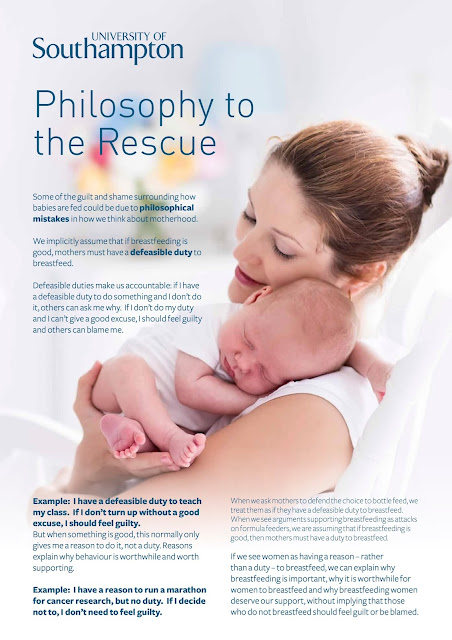
There are subtleties in the choice of vegetables for complementary foods. For example, you should beware of white cabbage. Children often digest it very poorly. They develop bloating, anxiety, impaired stool. Therefore, up to a year, it is better not to give white cabbage, green cucumbers, beans at all. It is better to soak carrots, potatoes, zucchini in water first (half an hour is enough), and then boil. Be sure to include parsley root in your food.
If you decide to cook mashed potatoes at home, then take one type of vegetable, for example, cauliflower, thoroughly washed, put in an enamel pot, pour water and boil until tender. The water is not completely drained, the cabbage is kneaded well, 3–5 ml of vegetable oil (sunflower, olive) are added, a little boiled milk can be added, and stirred until a homogeneous mass is obtained. Then the composition of the puree can be varied: parsley root, carrots, one potato, a piece of zucchini. All this is boiled, kneaded, vegetable oil is added (up to 1 teaspoon per full serving).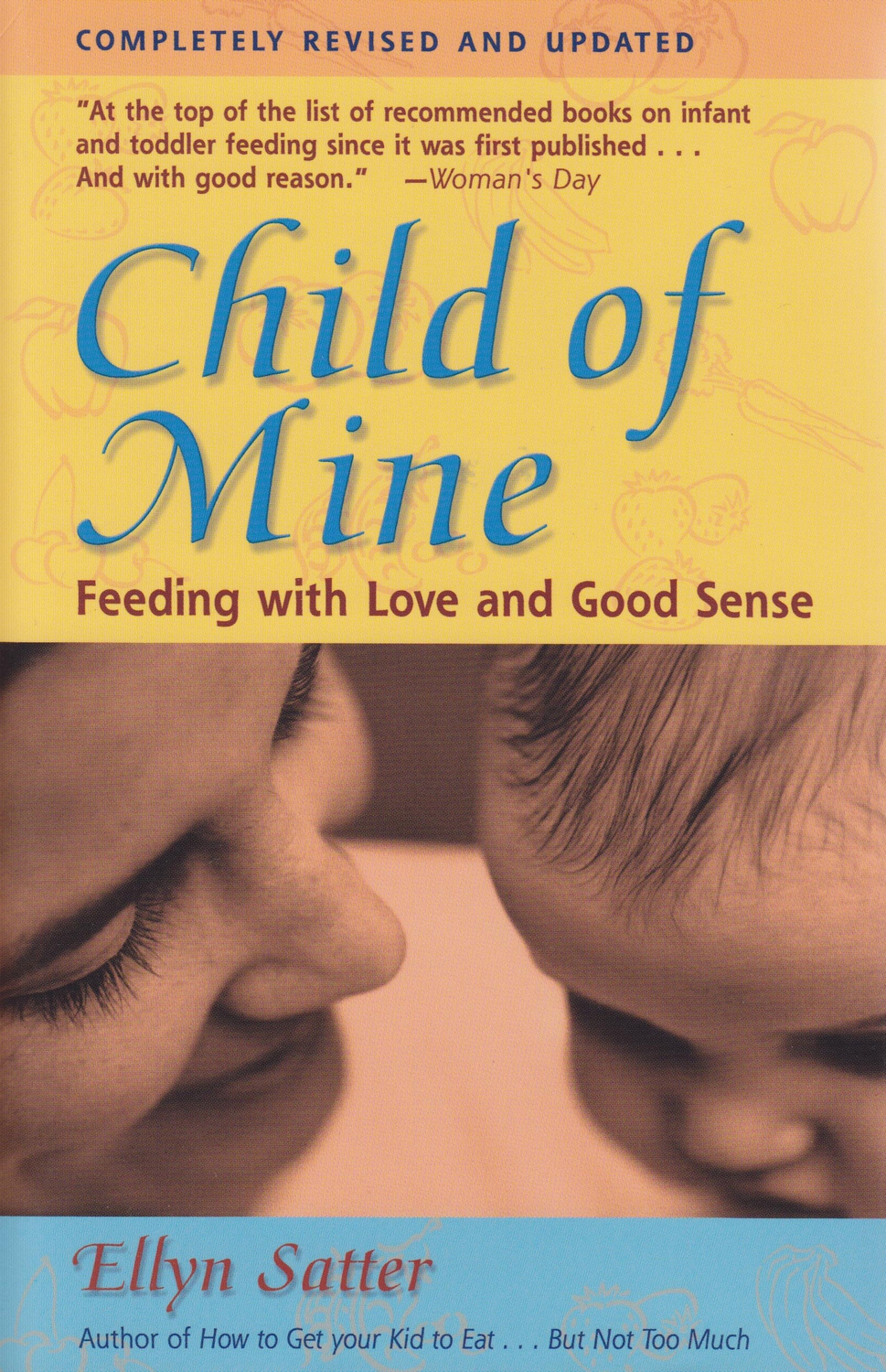 Just like cereals, vegetable puree should be introduced starting with 1 tablespoon. When the child is accustomed to this puree, new vegetables are gradually added during cooking, for example, a piece of beetroot, if the baby suffers from constipation.
Just like cereals, vegetable puree should be introduced starting with 1 tablespoon. When the child is accustomed to this puree, new vegetables are gradually added during cooking, for example, a piece of beetroot, if the baby suffers from constipation.
Porridges in Russia are traditionally considered a second food dish, that is, they are introduced after vegetable puree. To date, children's cereals of industrial production are very popular. Modern cereals for children of the first year of life are quickly soluble and have a given composition, which makes them very convenient to use. They are enriched with essential nutrients, vitamins and iron, do not contain preservatives, artificial colors, stabilizers and chemical additives, are made from natural, environmentally friendly products, so feeding them to young children is preferable to cereals from ordinary cereals. Just do not add oil, salt or sugar to store-bought cereals.
Now they are the first to give cereals that do not contain vegetable protein gluten (it can cause damage to small intestine cells in young children - celiac disease and allergic reactions, since babies of a few months old have a deficiency of the peptidase enzyme that breaks down gluten).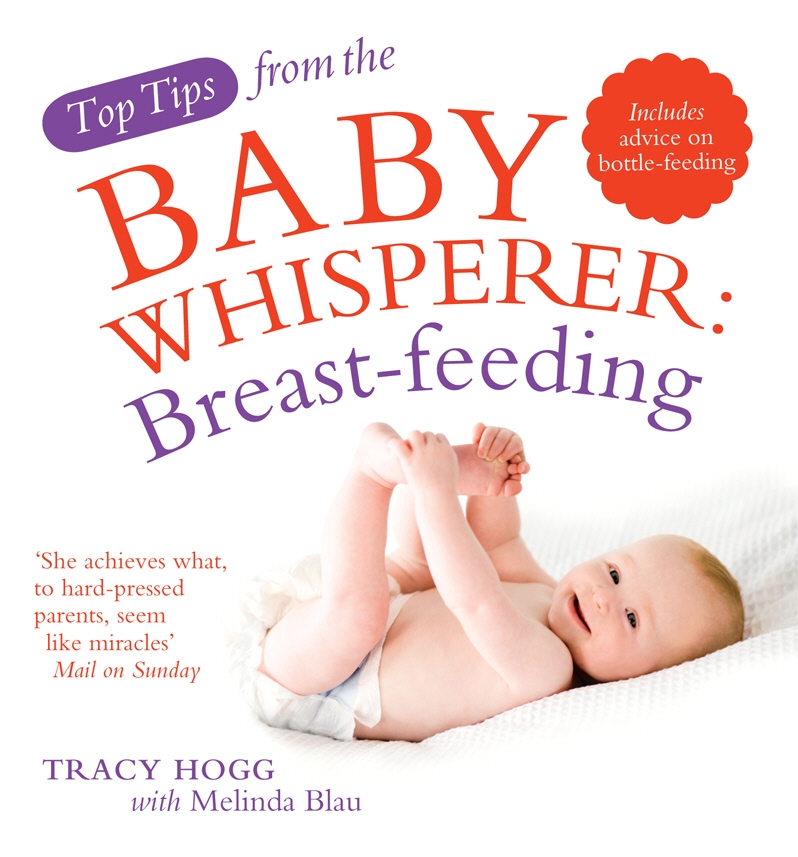 At first, they recommend rice, buckwheat, then oatmeal. Complementary foods are started in the same way as in the case of juices and purees - with 5-10 ml before breastfeeding. It is better to do this in the morning, and move the vegetable puree to a later time. On the 2nd day, the amount of porridge is increased to 30-50 g and in a week it is brought to the volume of one feeding - 130-150 g. 3-5 g of butter or baby cream (10%) is added to the porridge in a volume of no more than 50 ml. When the baby starts to receive two complete complementary foods, there should be at least one feeding of milk (milk formula) between them.
At first, they recommend rice, buckwheat, then oatmeal. Complementary foods are started in the same way as in the case of juices and purees - with 5-10 ml before breastfeeding. It is better to do this in the morning, and move the vegetable puree to a later time. On the 2nd day, the amount of porridge is increased to 30-50 g and in a week it is brought to the volume of one feeding - 130-150 g. 3-5 g of butter or baby cream (10%) is added to the porridge in a volume of no more than 50 ml. When the baby starts to receive two complete complementary foods, there should be at least one feeding of milk (milk formula) between them.
Modern porridges of industrial production are divided into dairy and dairy-free (for children with milk intolerance), as well as those that need to be boiled and do not require cooking. Such cereals are enriched with vitamins, minerals, iron, taking into account the physiological needs of babies in the first year of life. A number of cereals (both dairy and dairy-free) contain fruit and vegetable additives. But sometimes they can cause allergies in children predisposed to this disease, so you need to look at the composition of cereals. Cooking baby cereals should be strictly adhering to the recommendations on the cooking method indicated on the package. It is also necessary to comply with the terms and conditions of storage of both opened and unopened packages.
But sometimes they can cause allergies in children predisposed to this disease, so you need to look at the composition of cereals. Cooking baby cereals should be strictly adhering to the recommendations on the cooking method indicated on the package. It is also necessary to comply with the terms and conditions of storage of both opened and unopened packages.
Buckwheat is considered the best cereal for children. It contains a lot of salts of phosphorus, magnesium, iron. The second place in terms of nutritional value and popularity is oatmeal. It contains a lot of protein, B vitamins, salts and vegetable fats. Rice porridge is considered hypoallergenic, but it is not recommended for children with stool retention. Corn porridge is rich in starch and iron, but is poorly digested and takes a very long time to cook. Doctors recommend giving corn, barley and millet porridge to a baby only from 9-10th month. Semolina porridge contains little fiber, salts and minerals and also often causes allergies.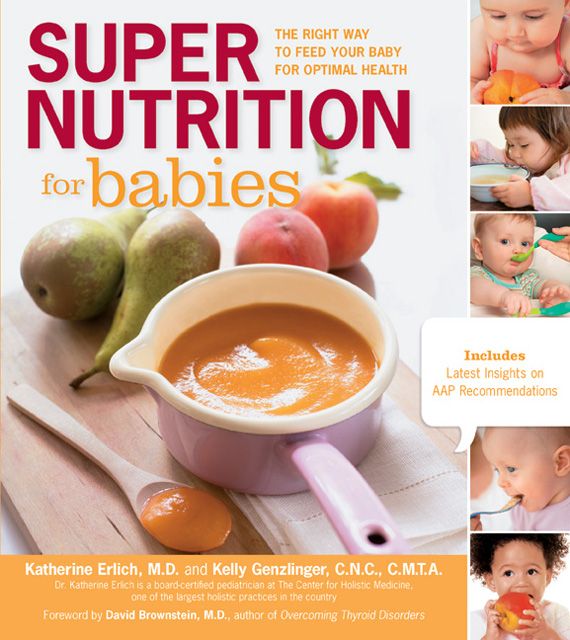 In addition, it binds calcium and phosphorus and thus provokes rickets. This may be important for children born in winter. Therefore, up to a year it is better to do without semolina and mixtures containing it.
In addition, it binds calcium and phosphorus and thus provokes rickets. This may be important for children born in winter. Therefore, up to a year it is better to do without semolina and mixtures containing it.
If you want to cook porridge at home, in order to be sure of their composition and quality, then remember a few things:
- homemade porridge should be liquid so that it pours from a spoon;
- the dish must be of a homogeneous consistency, without lumps;
- you need to patiently, carefully feed the baby from a spoon, then he will quickly learn to swallow solid food. You can't force feed your baby!
- let the child get used to one dish, only then introduce another into the diet;
- complementary foods can only be introduced to a healthy child;
- it is preferable to start the introduction of porridge with buckwheat porridge;
- it is advisable to give porridge once during the day, ideally if it is in the morning;
- mixed cereals can be given only after making sure that the child is not allergic to each component;
- up to 8 months it is better to cook cereals with water or milk mixtures. It is not recommended to use whole milk, which is poorly digested and can cause allergies;
It is not recommended to use whole milk, which is poorly digested and can cause allergies;
- for a child of the first year of life, the volume of porridge should be less than the volume of a serving of breast milk (150-170 g).
It is better to boil cereals in water, and immediately before feeding, add 20-30 ml of breast milk or formula (if the child is fed it) to it. This will improve the taste of the dish and make it more "familiar". At first, porridge should be liquid (5 g of cereal per 100 grams of water), you can gradually make it thicker.
If some allergic conditions have been noted in a child or close relatives, then it is better to feed such a child with porridge cooked on a decoction of apples (dry or fresh), and not on milk. Children usually eat well buckwheat, rice, oatmeal. To prepare porridge at home, dry cereals must be ground well (to a state of flour). First, prepare a decoction of apples (without salt and sugar) and cook porridge from ground cereals on it. For the first time, you can give your child one tablespoon of such liquid porridge (the consistency of liquid sour cream) before breastfeeding, and then supplement it with breast milk. The next day, give 2 tablespoons of porridge. In the future, gradually adding volume, completely replace one breastfeeding with it.
For the first time, you can give your child one tablespoon of such liquid porridge (the consistency of liquid sour cream) before breastfeeding, and then supplement it with breast milk. The next day, give 2 tablespoons of porridge. In the future, gradually adding volume, completely replace one breastfeeding with it.
Cottage cheese is introduced into the child's diet not earlier than 6 months and usually two months after the introduction of the first complementary foods. They begin to give it from 0.5 teaspoon (according to the same rules as other types of complementary foods), after a month they bring the portion to 30 g, and by the year - up to 50 g per day. Sometimes, with insufficient weight gain, the amount of cottage cheese increases. However, in each case, it is necessary to consult a doctor, since cottage cheese is rich in protein, calcium, and its excessive consumption can lead to obesity and high blood pressure in the future. Now special children's cottage cheese is being sold, which is prepared from natural cow's milk using a special starter culture. According to the composition of fats, it can be milky (4.5%) and creamy (10%). In addition, natural fruit, berry and vegetable fillers are often introduced into the composition of cottage cheese for children, which allow not only to diversify the assortment, but also to enrich the baby's nutrition with vegetable fibers, vitamins and microelements. However, children with a tendency to allergies should be given cottage cheese with fillers with caution. In addition, cottage cheese can be prepared at home.
According to the composition of fats, it can be milky (4.5%) and creamy (10%). In addition, natural fruit, berry and vegetable fillers are often introduced into the composition of cottage cheese for children, which allow not only to diversify the assortment, but also to enrich the baby's nutrition with vegetable fibers, vitamins and microelements. However, children with a tendency to allergies should be given cottage cheese with fillers with caution. In addition, cottage cheese can be prepared at home.
A month later, the child begins to give the yolk of a chicken egg. Start with 1/8 of its part and gradually bring the portion to 1/2 of the yolk per day. This product is not introduced into the diet of children with allergic diseases. In this case, the yolk of quail eggs is recommended. The egg is thoroughly washed and boiled for at least 10 minutes, then the yolk is taken out and it is also cut off from all sides so that the part that did not come into contact with the protein goes into the child's food.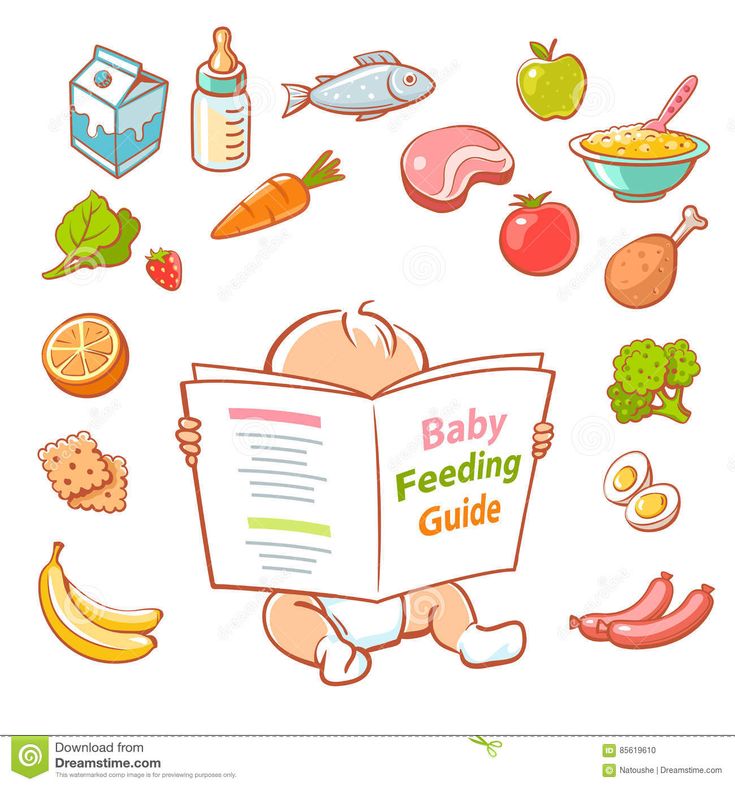 It is kneaded and diluted with breast milk or added to vegetable puree.
It is kneaded and diluted with breast milk or added to vegetable puree.
A month later, meat purees are included in the diet - a source of protein and easily digestible iron. For healthy children, meat purees are given starting from 5 g (1 teaspoon) and gradually increase to 60-80 g by the year. It is better to start with turkey meat, beef, lean pork. You can give purchased mashed potatoes, you can cook at home. To do this, meat without fat, cleaned of veins and films, must be boiled, chopped well with a knife and passed through a meat grinder twice. The resulting minced meat can be mixed with vegetable puree. You can also make meatballs from raw minced meat, put in the freezer and use as needed. They are boiled together with vegetables, and then they are all crushed together in a blender.
At this age, you can give your child soup with meat broth. Use lean meat: veal, chicken fillet. After two weeks of such nutrition, you can also give meat from the soup, turned in a meat grinder. True, you should be careful with the broth: in the current purchased meat, it is not known what additives can be, and when cooked, they mostly remain in the broth. That is, either the first broth after boiling must be drained and the soup boiled in the second water, or meat broths should not be used in the nutrition of children under one year old.
Today there are quite a lot of children with different types of food and non-food allergies. This will be discussed in more detail in the corresponding chapter. Here we note that chicken meat should not be used in the diet of allergic children, and veal and beef should not be on the menu of babies with an allergy to cow's milk protein. If a child is allergic to many types of foods, it is best to use rabbit meat for complementary foods.
In anemic children, mashed meat may be introduced earlier.
As a rule, after 6 months the baby has teeth. When profuse salivation begins, you can give the child drying.
In addition to meat, the child can also be given fish. Fish is easily digestible and complete proteins, omega 3 fats, vitamins B, D and A, many trace elements: almost the entire periodic table. Especially fish is rich in fluorine, iodine, zinc, magnesium, copper. The structure of fish is more tender than meat, and therefore it is easier to digest and assimilate. It would seem that there are so many advantages. But there will always be downsides. Fish can be an allergen much more often, and these days it is relevant. If a child has already shown any allergies, one must be very careful with the introduction of fish into the diet. If there is no allergy, then you can start giving this product from 10-11 months, first in the form of mashed potatoes, steam meatballs, then in the form of pieces of boiled fish. In this case, you need to carefully select all the bones. Because of this, sea fish is preferable to river fish. They begin to give fish with half a teaspoon, first once, and then twice a week, and by the year they are brought to 50-70 g per reception.
It should be borne in mind that fish is included in the diet of children after meat, and at first a child should not be given both fish and meat on the same day. Only after a year, fish and meat dishes can be given on the same day, but at different meals.
The first fish in a child's diet should be low-fat varieties: cod, hake, pollock, zander, then you can try moderately fatty fish: sea bass, catfish, carp, Baltic herring. Fatty fish varieties (pink salmon, chum salmon, halibut, mackerel, sturgeon) are best included in the menu after three years.
As for seafood, which is now available everywhere, they are highly allergenic, so there is no need to give them to a child under 3 years old.
For the prevention of dysbacteriosis in the second half of life, it is very important to include various fermented milk products with the addition of normal microflora in the child's diet. Most often, these are various types of bifidobacteria and / or lactobacilli. Especially useful are curdled milk and fermented baked milk. Preference should be given to "live" products, that is, those that have a short shelf life, they do not contain preservatives.
Much attention should be paid to the activation of the child's own, "native" microflora. The prebiotics contained in various products contribute to the activation of the growth of one's own microorganisms, and preparations have also been created in which prebiotics are contained in a concentrated form (for example, Eubicor).
When it is taken, there is an increase in the number of bifidobacteria, lactobacilli, full-fledged Escherichia coli, etc., accompanied by a decrease in the content of opportunistic microorganisms.
Recent studies have changed the opinion of medical science about the benefits of kefir for children under one year old. In children 6–8 months old, it can lead to small punctate hemorrhages in the intestines, so kefir can be given starting from 9–12 months old, in an amount not exceeding 200 ml. Children's kefir and kefir enriched with bifidobacteria are sources of protein, some vitamins and mineral salts.




